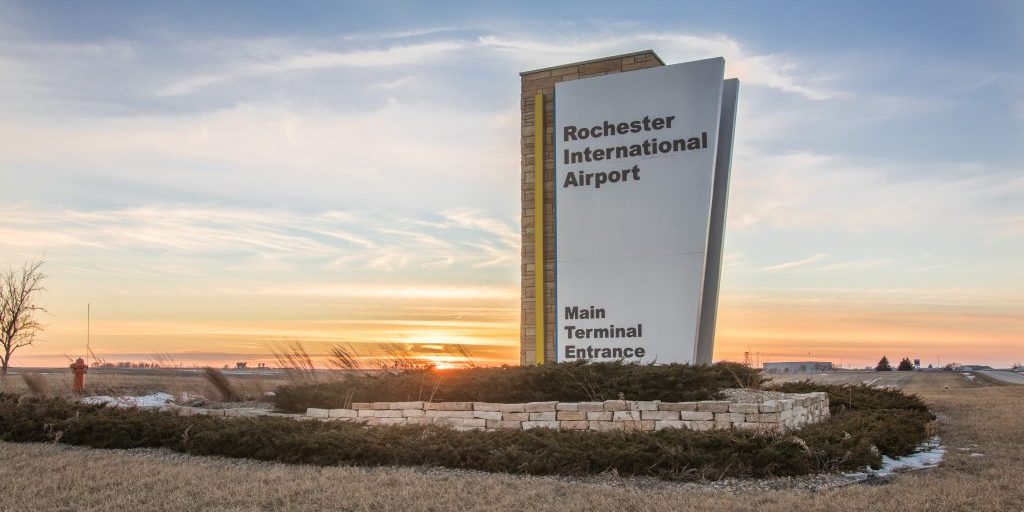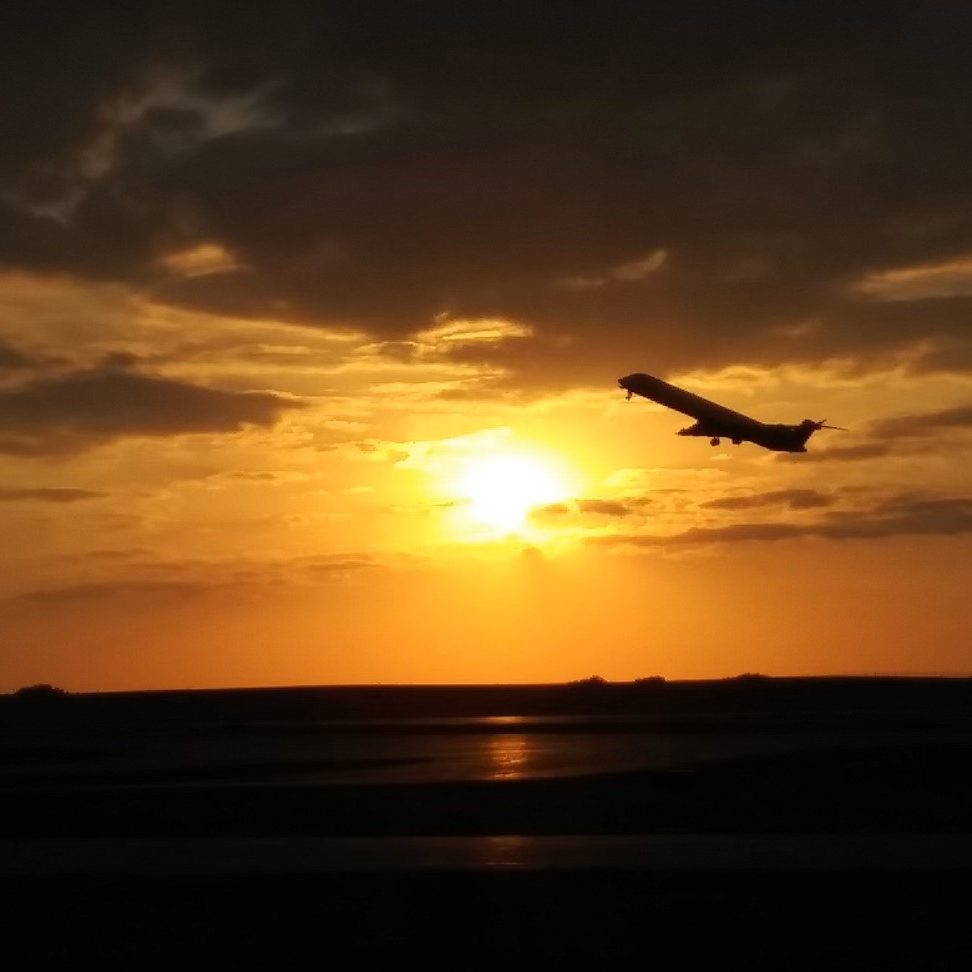Master Plan

What is a Master Plan?
Rochester International Airport (RST) has embarked on a planning process to update its Master Plan, which serves as a roadmap for the Airport’s future development. An updated Master Plan also provides continuity—in terms of a common understanding and common goals—for the Airport Board and Airport Leadership regarding management and development decisions. The purpose of the Master Plan is to prepare a detailed future facilities plan for needed improvements to accommodate anticipated aviation demands, along with a financial plan to support the implementation of the resulting long-term capital improvement program.
Why Update the Master Plan Now?
RST’s last Master Plan was completed in 2009, and the latest Airport Layout Plan (ALP) was approved by the Minnesota DOT (MnDOT) Office of Aeronautics and the Federal Aviation Administration (FAA) in 2012. The previous Master Plan proposed a new passenger terminal building be built on the south side of the airport. Since completion of the 2009 Master Plan, the Airport has abandoned this concept due to cost, feasibility, access, and environmental impact, and has re-focused its long-term vision on improving its existing terminal and environs to meet its foreseeable needs.
Passenger and aircraft activity at the Airport declined significantly during and following the great recession, but has since stabilized and seen some activity growth, although not to levels experienced prior to the recession. The Airport experiences loss of potential passengers from the region who are using ground shuttles to MSP. However, the Airport is recognized as an essential transportation and economic development asset for the region, and the Master Plan will identify strategies for better serving the community well into the future.
When will the Master Plan be Complete?
The Master Plan is anticipated to be completed by the end of 2020. Once all the work is done and the Master Plan and ALP are submitted to the FAA, the Master Plan will be adopted by the City of Rochester (with input from the Airport Company Board and the Airport Commission) and the ALP approved by the FAA.
Recording: Public Information Meeting held August 24, 2020
If you have feedback, please contact us at [email protected] or 507-282-2328 ext. 6.
Public Meeting Materials
Planning Memorandum - RST Master Plan Preliminary Recommendations
Master Plan Public Meeting Presentation Aug 24 2020
Learn More
Follow OuRSTory






